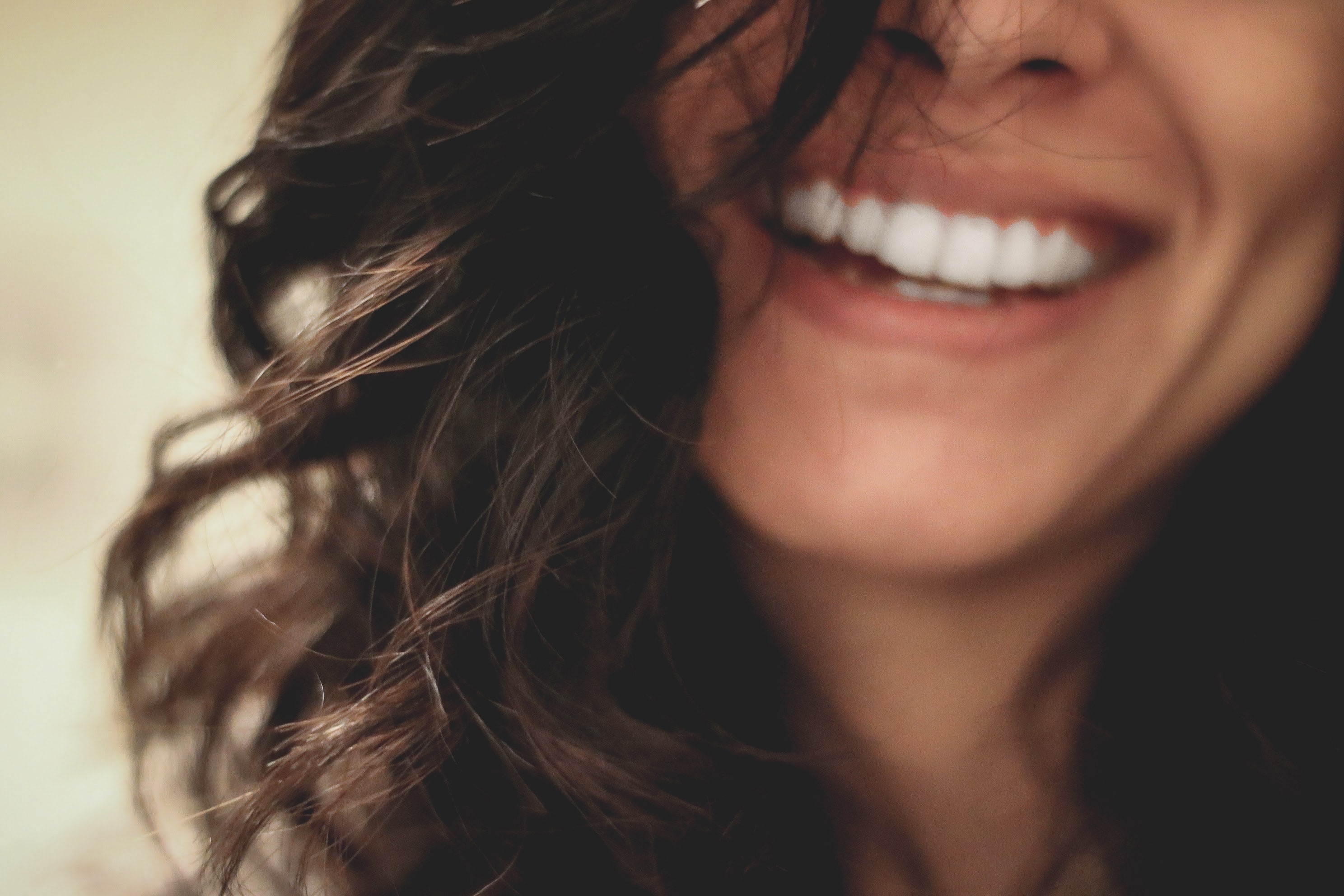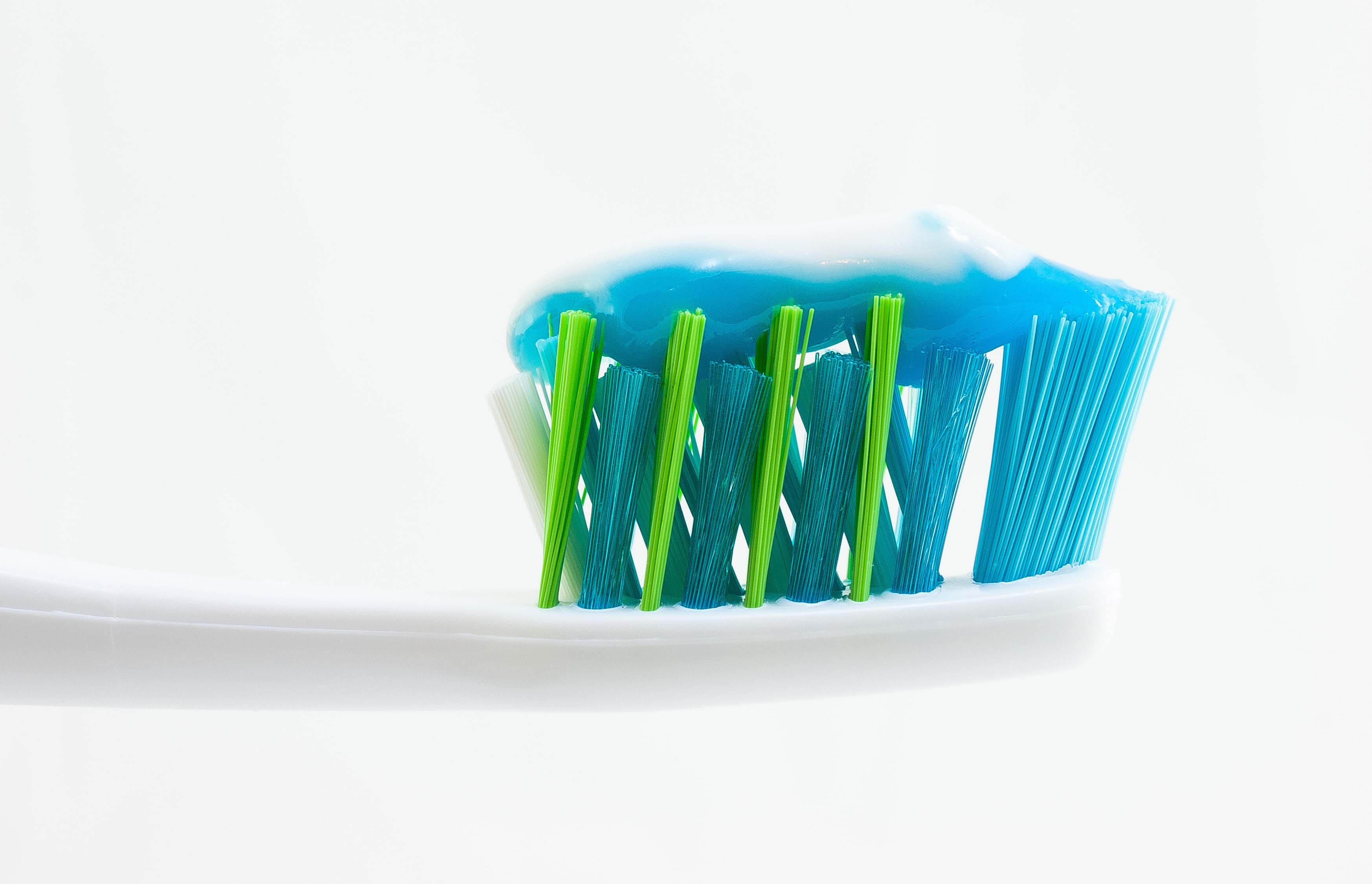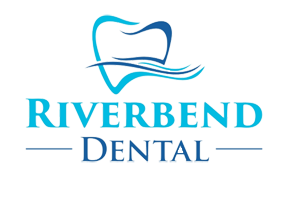Clean, Shiny, Teeth Start with You
Your smile is the best part about you. It lights up a room and denotes absolute happiness. While teeth are not meant to be stark white, keeping them clean is very important. Having dirty, or unclean, teeth can lead to other health issues in your body. While for most it is common knowledge, here is a few more tips on how to keep your teeth clean, from Riverbend Dental.
Brush Them
Brushing your teeth with a fluoride toothpaste twice a day for about 2 minutes is the best way to go. Plaque is a film of bacteria that coats your teeth if you don’t brush them properly. It contributes to gum disease and tooth decay. Tooth brushing stops plaque from building up, so try to make sure you brush every surface of all your teeth.

When is the Best Time to Brush Your Teeth?
Brush your teeth for about 2 minutes last thing at night before you go to bed, and on one other occasion every day. Most people do just after they wake up. Your dentist or hygienist in Regina may give you more advice based on your own dental health and needs.
Electric or Manual Toothbrush?
This doesn’t matter. They’re both equally as good, as long as you brush all the surfaces of all your teeth and use a fluoride toothpaste. Some people do find it easier to brush their teeth thoroughly with an electric toothbrush, so the choice really is yours.

What Should I Look for in a Toothbrush?
For most adults, a toothbrush with a small head and a compact, angled, arrangement of long and short round end bristles is fine. Medium or soft bristles are best for most people. If you’re choosing to brush with an electric toothbrush, one with an oscillating or rotating head may work better than a manual toothbrush. Making sure you thoroughly clean your teeth at least twice a day is more important than the type of brush you use. If in doubt, ask your dentist.
Should I Use Mouthwash?
Using a mouthwash that contains fluoride can help prevent tooth decay, but don’t use mouthwash straight after brushing your teeth, or it’ll wash away the concentrated fluoride in the toothpaste left on your teeth. Choose a different time for mouthwash, like after lunch. Don’t eat or drink for 30 minutes after using a fluoride mouthwash.

How to Use Dental Floss
Flossing isn’t just for dislodging food wedges between your teeth. Regular flossing may also reduce gum disease and bad breath by removing plaque that forms along the gum line. It is best to floss before brushing your teeth. Take 12 to 18 inches (30 to 45cm) of floss or dental tape and grasp it so you have a couple of inches of floss taut between your hands. Slip the floss between the teeth and into the area between your teeth and gums, as far as it’ll go. Floss with 8 to 10 strokes, up and down between each tooth, to dislodge food and plaque.
